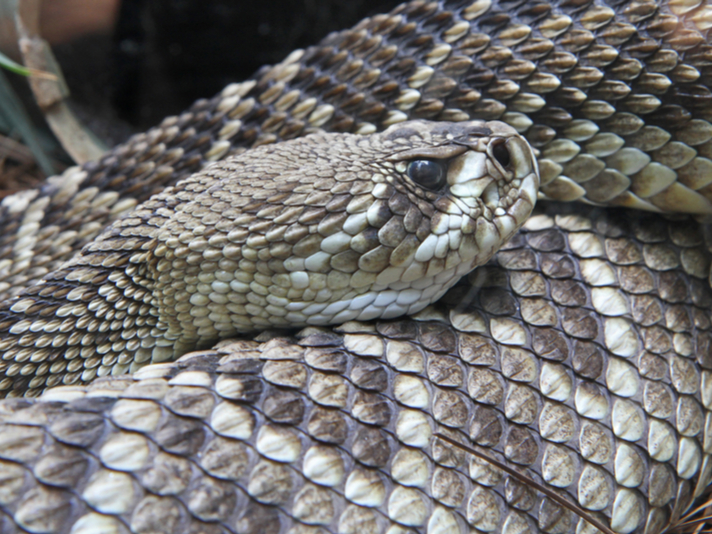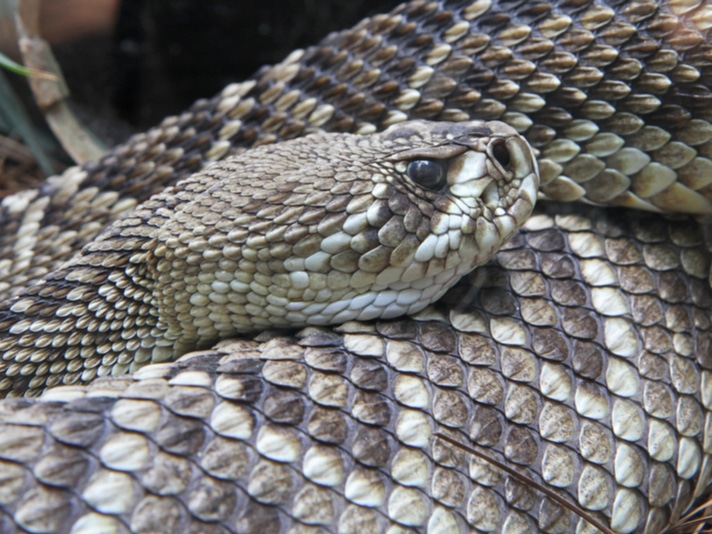The combination of carbon monoxide and iron slows the effects that snake venom has on victim’s blood.
A researcher at the University of Arizona has been working a therapy that prevents or delays the effects of rattlesnake bites for up to an hour in animals, a promising development that may give those bitten by venomous snakes more time to reach hospitals for treatment.

Kevin M. McCarthy/Shutterstock
The combination of carbon monoxide and iron slows the effects that snake venom has on victim’s blood.
The therapy involves combining carbon monoxide and iron. The combination inhibits snake venom from causing very slow blood clotting and abnormally fast blood clotting in snake bite victims, which can cause heart attack and strokes and damages a body’s organs.
Want To Learn More?
Top 10 Venomous North American Snakes
U.S. Military Doctors Rely On Iranian Snake Antivenin When Soldiers Are Bit In Afghanistan
"The excitement is that we have proven that carbon monoxide has the ability to directly inhibit essentially all hemotoxic venom enzymes in the test tube and that it blocks the effects of the Western Diamondback rattlesnake's venom in animals," Dr. Vance G. Nielsen, professor and vice chair for research in the Department of Anesthesiology at the UA College of Medicine – Tucson, said in a statement released by the university.
"The effects on coagulation of some of the deadliest snake venoms in the world — South American, North American and even African, such the cobra's — can be delayed by a treatment that could be delivered with a device much like an EpiPen used for allergic reactions."
The researchers have found that the therapy is effective on the venom of more than three dozen venomous snake species around the world.
"Our aim is to bring to market a therapy that is safe for humans and animals, has a long shelf life, is readily available and can be stocked in ambulances, or even first-aid kits for campers or hikers, to save lives," Nielsen said.



